Strong wool, tide may be turning. New Zealand
Country Wide Magazine, November 2020.
North Canterbury farmer Chris Earle is among those seeking a better future for strong wool. Annabelle Latz reports.
Thumbing through the old wool prices on the family farm in North Canterbury, Chris Earl sees that in the mid-1980s wool was 60% of his father’s income.
His great grandfather had an article in Waipara’s 1958 Squatter and Settler publication about the cost of wool and shearing.
“It was costing them two fleeces of wool to shear 100 sheep, wool prices were buoyant and shearers were on good money,” Chris says.
In 1989 he and his wife Jane bought 156 hectares in Scargill, and this has grown into a 693ha farm, through subsequent additions and leasing.
They bred Corriedales for a decade, and dabbled with Romneys.
Chris says in the late ‘80s wool prices slipped off the pace a bit, but were still reasonable.
In 2008 they bought Longdowns Stud, which was started in Temuka by Michael and Robyn Talbot with Coopworths in the 1970s, a good all purpose sheep. From the late 1990s the Talbots introduced Texel, then East Friesian and Finn in small amounts, to increase fertility and milking ability.
This style of sheep allowed the Earls to focus more on carcaseweight and easy lambing, rather than wool production.
‘The writing was on the wall with wool. It was becoming less and less of our income. For the push to survive, we needed faster-growing lambs, and more of them.”
Chris acknowledges that New Zealand has been very innovative in the primary sector space, particularly with regard to our dairy industry and the fine wool industry.
But the strong wool industry has been left behind.
“The point I’m trying to make here, is that as a strong wool industry we have made poor decisions. It’s something that hasn’t happened overnight, but it has been a bit of our own doing.”
He believes NZ strong wool is the best in the world, but between leaving the sheep’s back and landing in the market, there has been a lack of standardisation which has created little vision, direction and confidence in the industry.
More assistance with the marketing of it is needed to create consistent quality, clear expectations from consumers, and a driven focus for producers.
“We’re busy farming, why isn’t the Government stepping in and promoting it?”
With the NZ Wool Board now gone, a marketing gap has been left and needs someone to fill it as there is a lack of a collective voice.
“Especially with the massive global movement of the importance of a green renewable resources. We need less reliance on oil products, and wool is in the perfect position to fill that gap.”
The biggest sellers of wool are the freezing works, which is only going to increase as the cost of shearing gets higher and farmers choose to leave fleeces on when their stock is loaded on to the truck.
Adding to this, lanolin and keratin could both be better utilised as an extra income from shearing.
“Why have we given it away? We don’t get paid a cent for the grease.”
He concedes woollen carpet is never going to be the saviour of the wool industry, or insulation.
“Not when you have synthetics coming into it.”
Thinking about alternative uses for wool such as continence pads, face masks, nappies, and horticultural aids like woollen mats for around trees, is the way the industry needs to be turning.
“There is a lack of general education. People don’t understand the product, some think sheep have to die to get the wool off their backs.”
With the increase in dairy industry and fewer sheep being bred these days, Chris says it would make sense for demand of all wool to be strong.
“But we’re getting under $2/kg. The best we ever got with our wool was close to $5/kg.”
So the best favour strong wool breeders can do themselves at the moment is focus on carcaseweights.
He remembers being a kid, and the Corriedale lambs were light, with wool from their toes to their nose, and barley grass everywhere.
“We’d sit in the catching pen and be pulling the barley grass out of their eyes.”
Today they strive for less wool, and faster-growing lambs that grade well at heavier weights, and they aim for more of them.
“In the mid-’80s the average lamb was 12.5kg carcaseweight, there was no genetics to grow them out. Today, 18 to 20kg lambs are sold straight off their mum, in the same period of time. This keeps you in the game.”
The Earls did work with a slightly lower micron of 31-32 with their earlier breeds, and they’d cut a 4.5kg fleece. But the yield was 65-70%.
“These girls now cut 3-3.5kg fleeces, with a 34-45 micron, and a yield close to 80%.”
Chris says although it looks half a kilogram difference on paper, the workload and mothering time is a lot less.
“We’re getting less for the wool, but overall it’s better.”
It’s about getting lambs on the ground.
“Because wool is the most inheritable trait you can get on the sheep. Right now, it’s about getting the stuff that pays the bills, sorted. We can improve the wool quality later, and quickly, when the New Zealand strong wool market comes right.”
But Chris does believe consumers are looking at more sustainable options.
“The tide is turning on synthetic products, you can feel it. If that is going to be the savior, we have the trump card.”
‘As a strong wool industry we have made poor decisions. It’s something that hasn’t happened overnight, but it has been a bit of our own doing.’
See the article online here
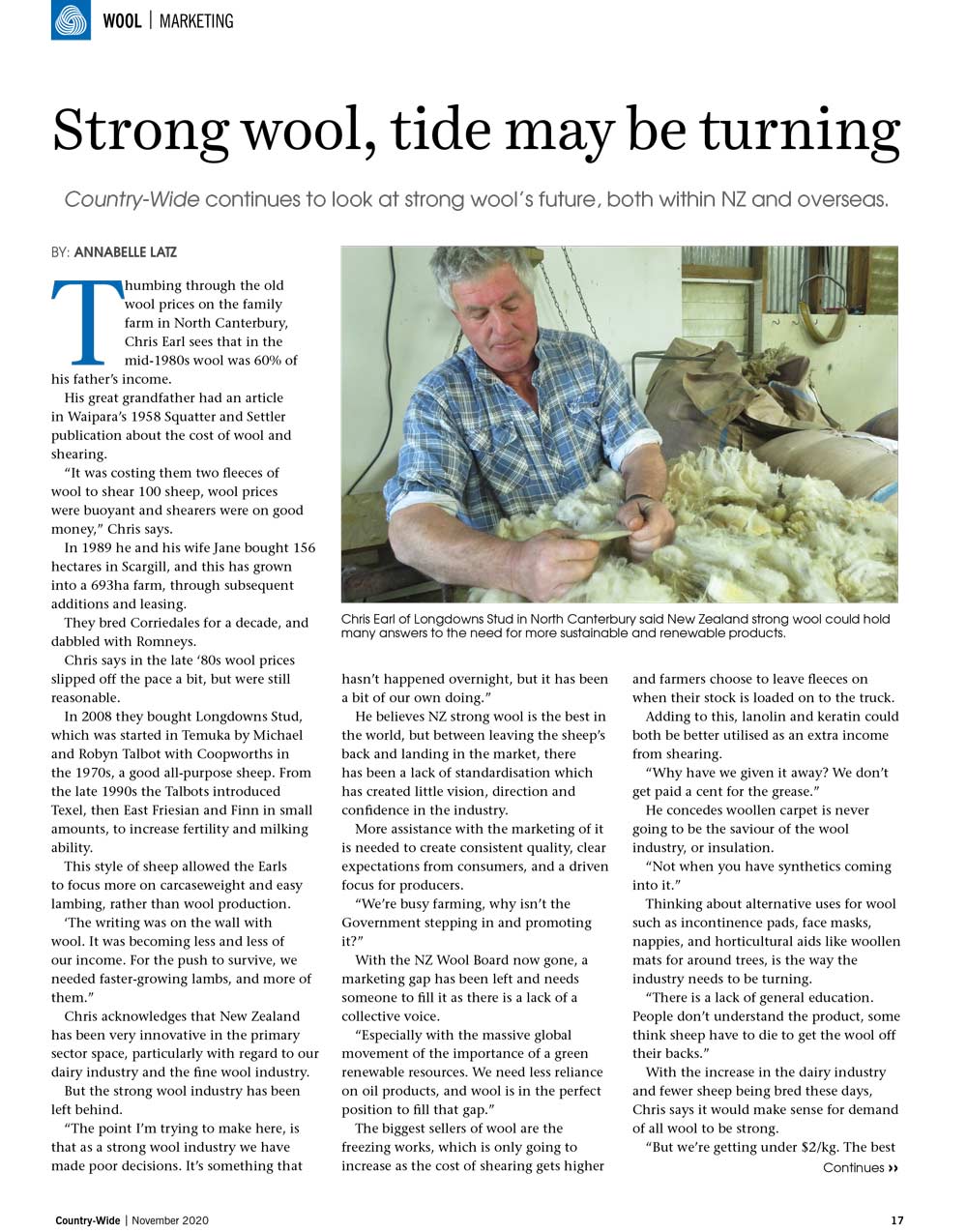
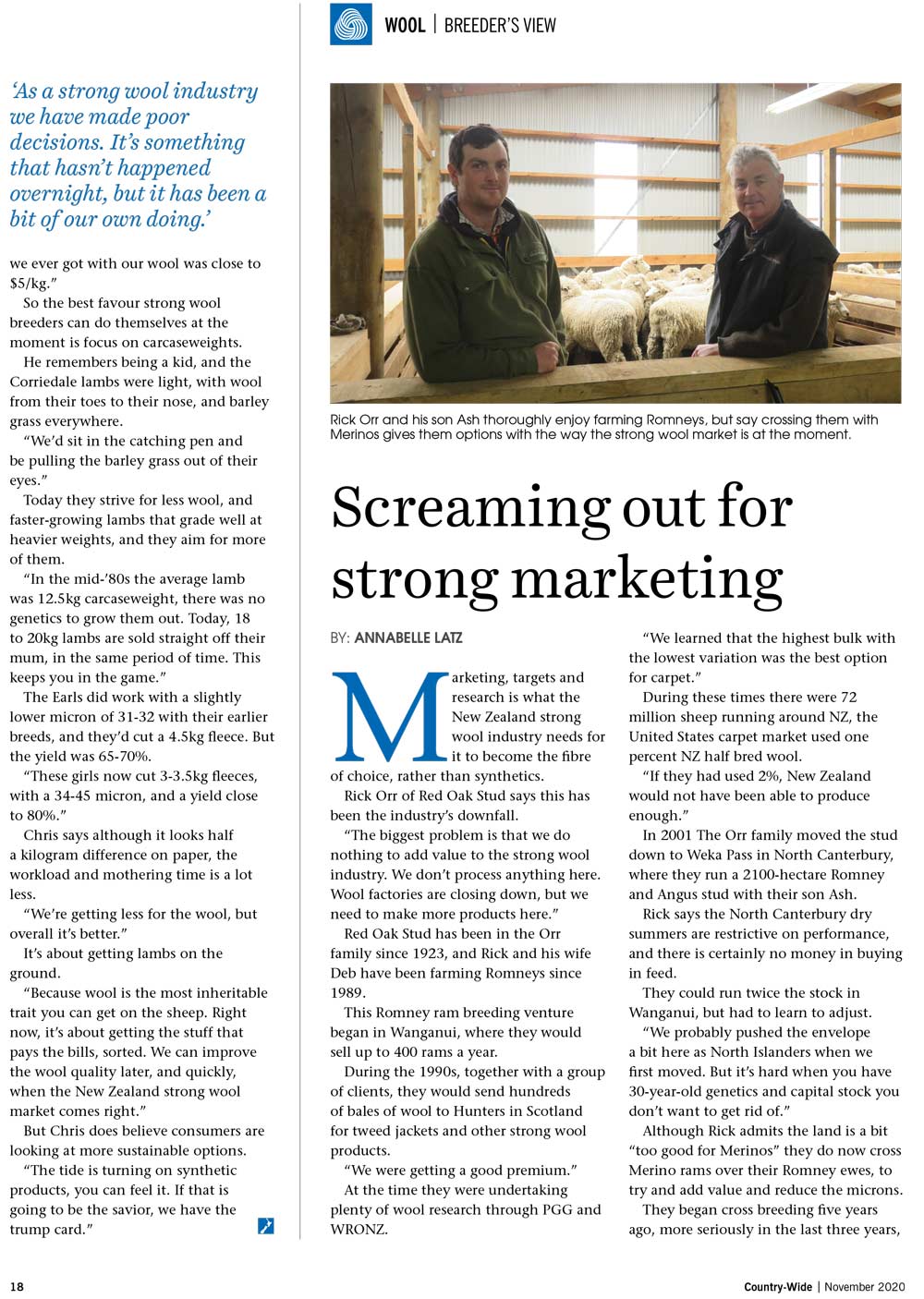

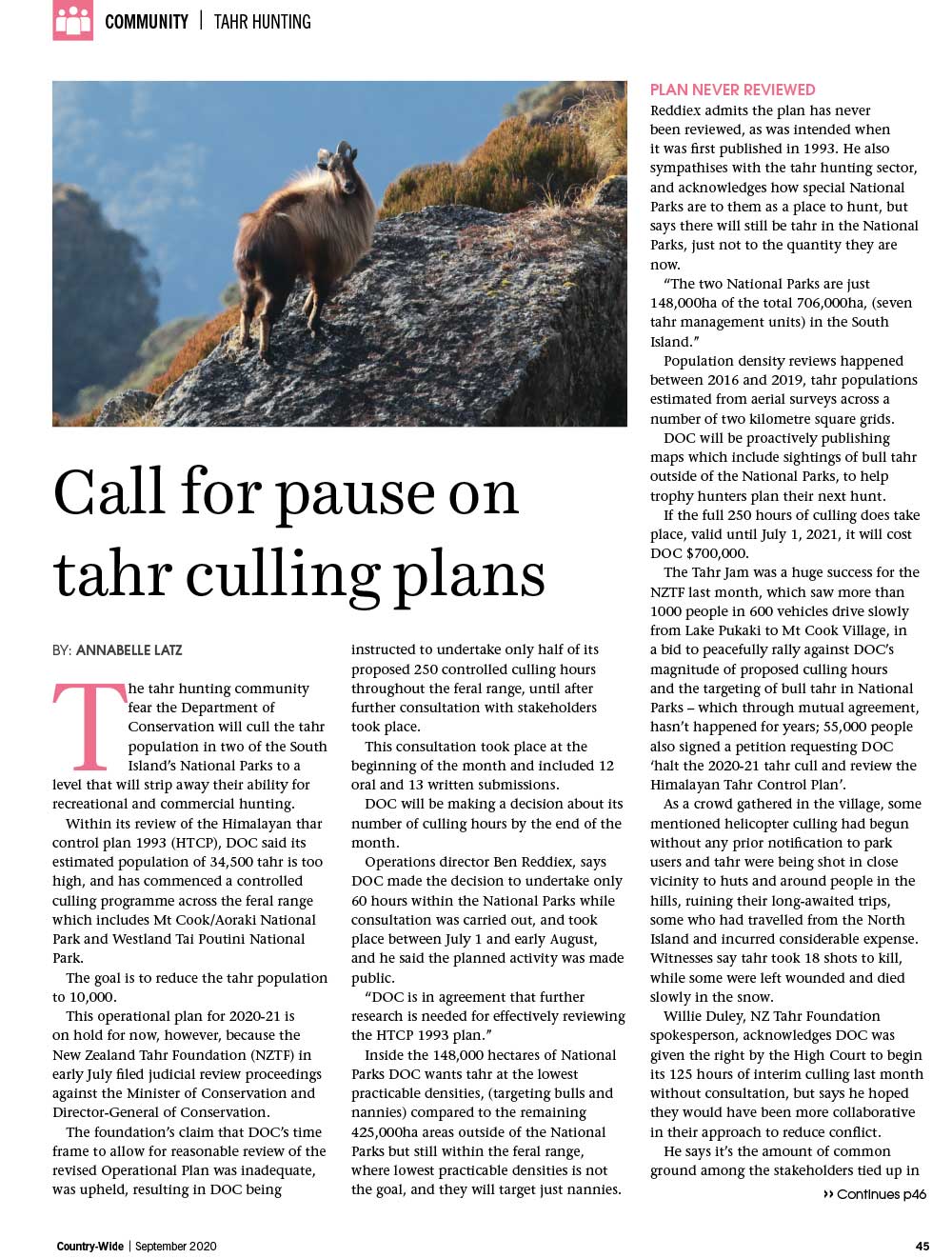
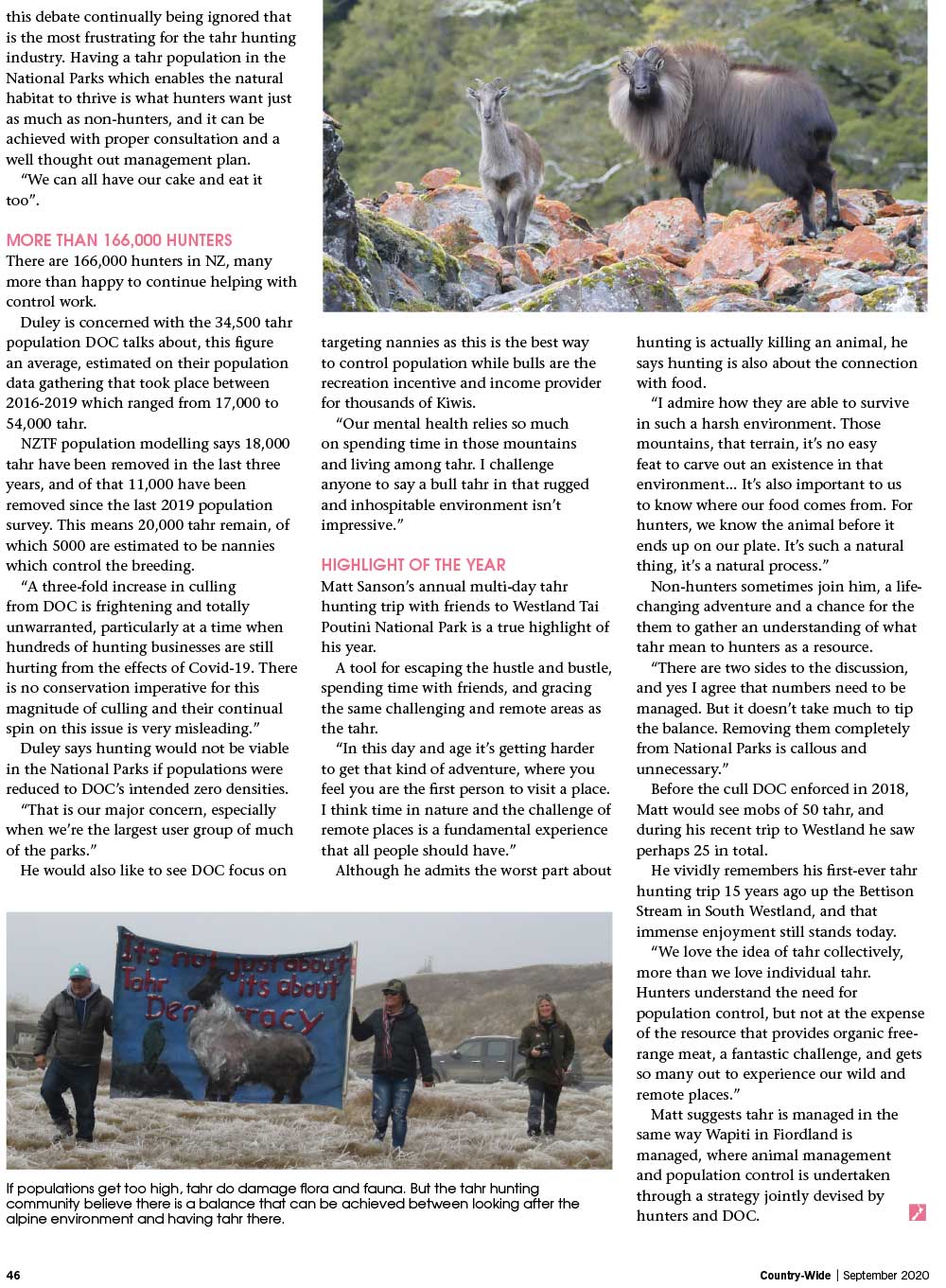
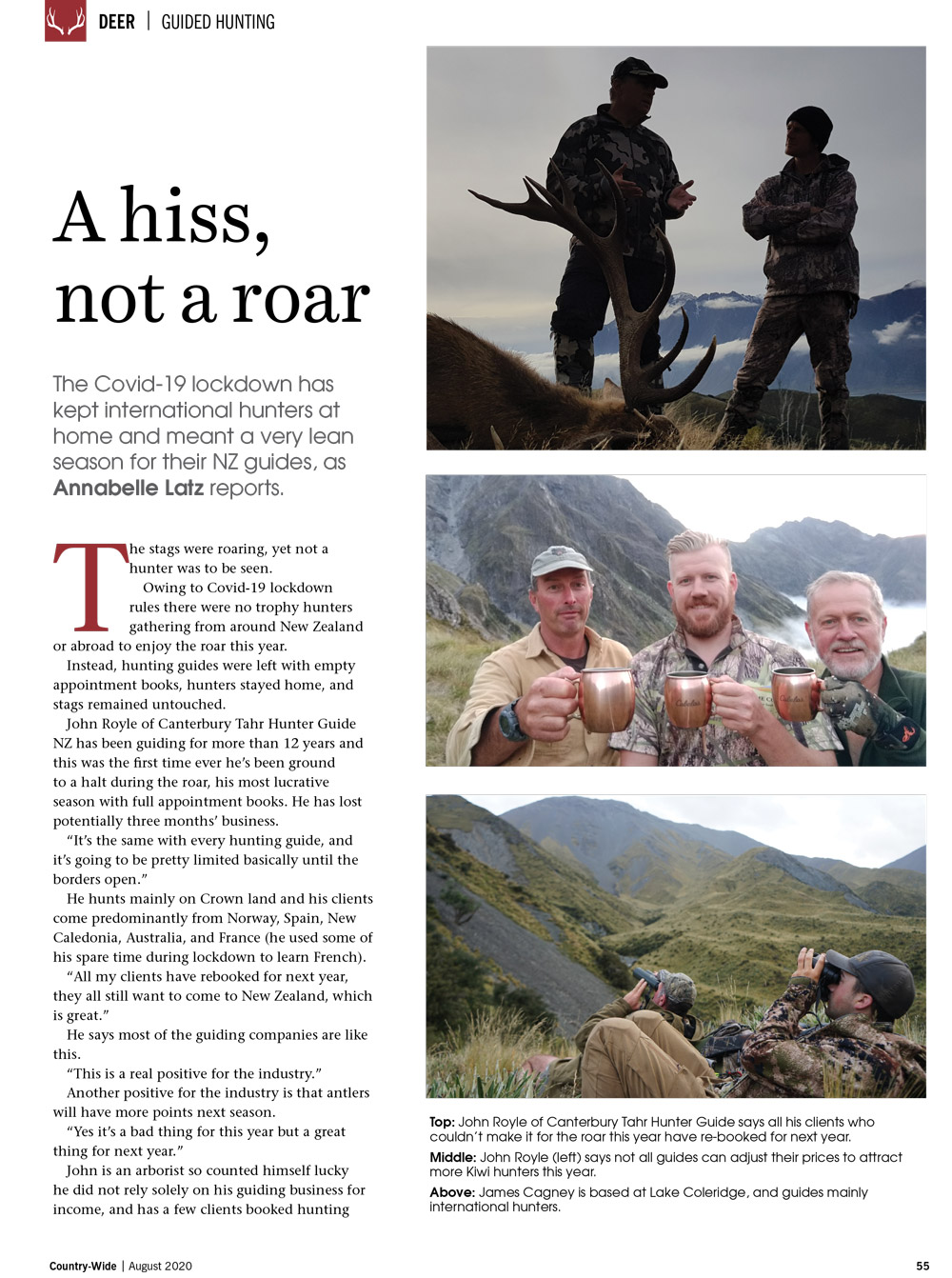
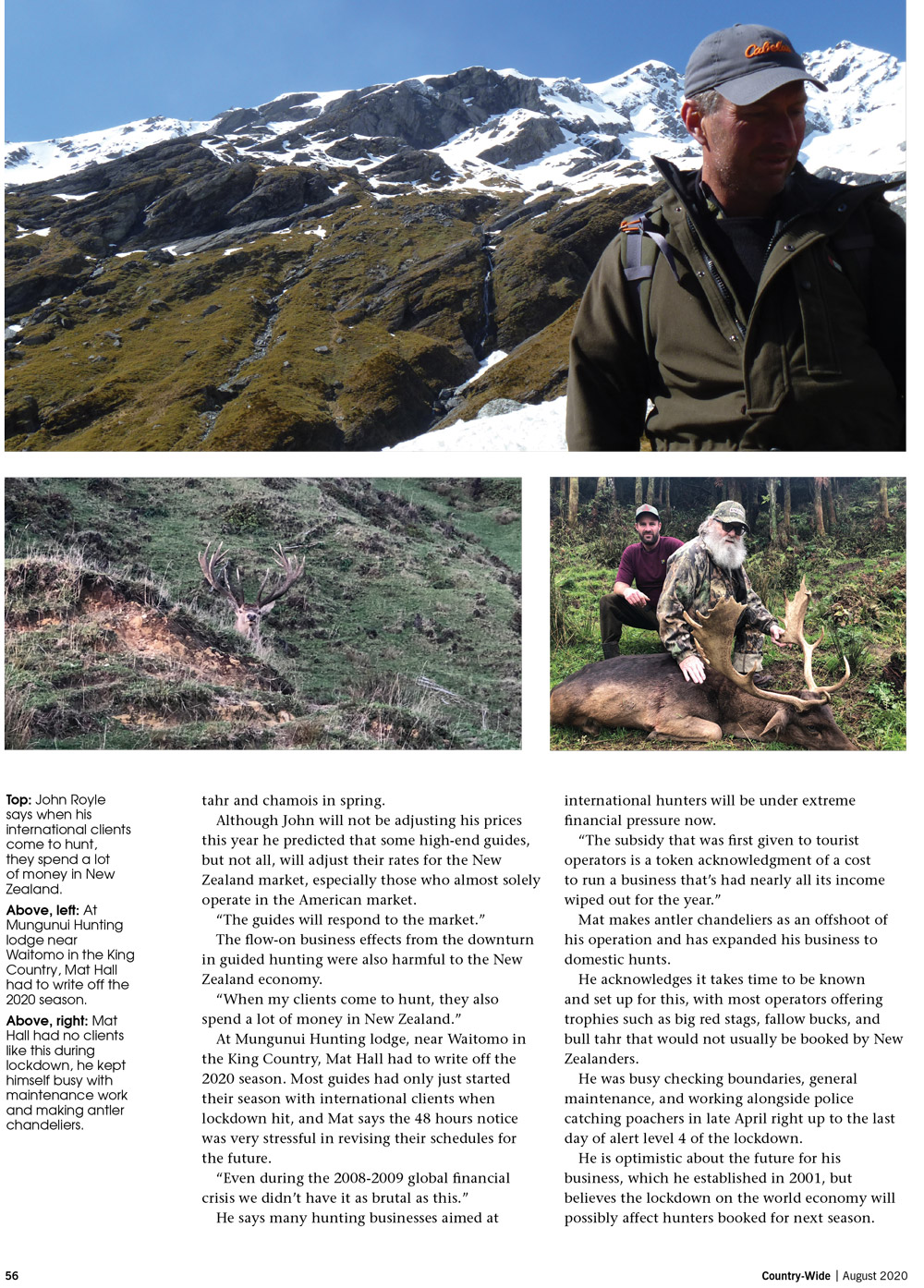
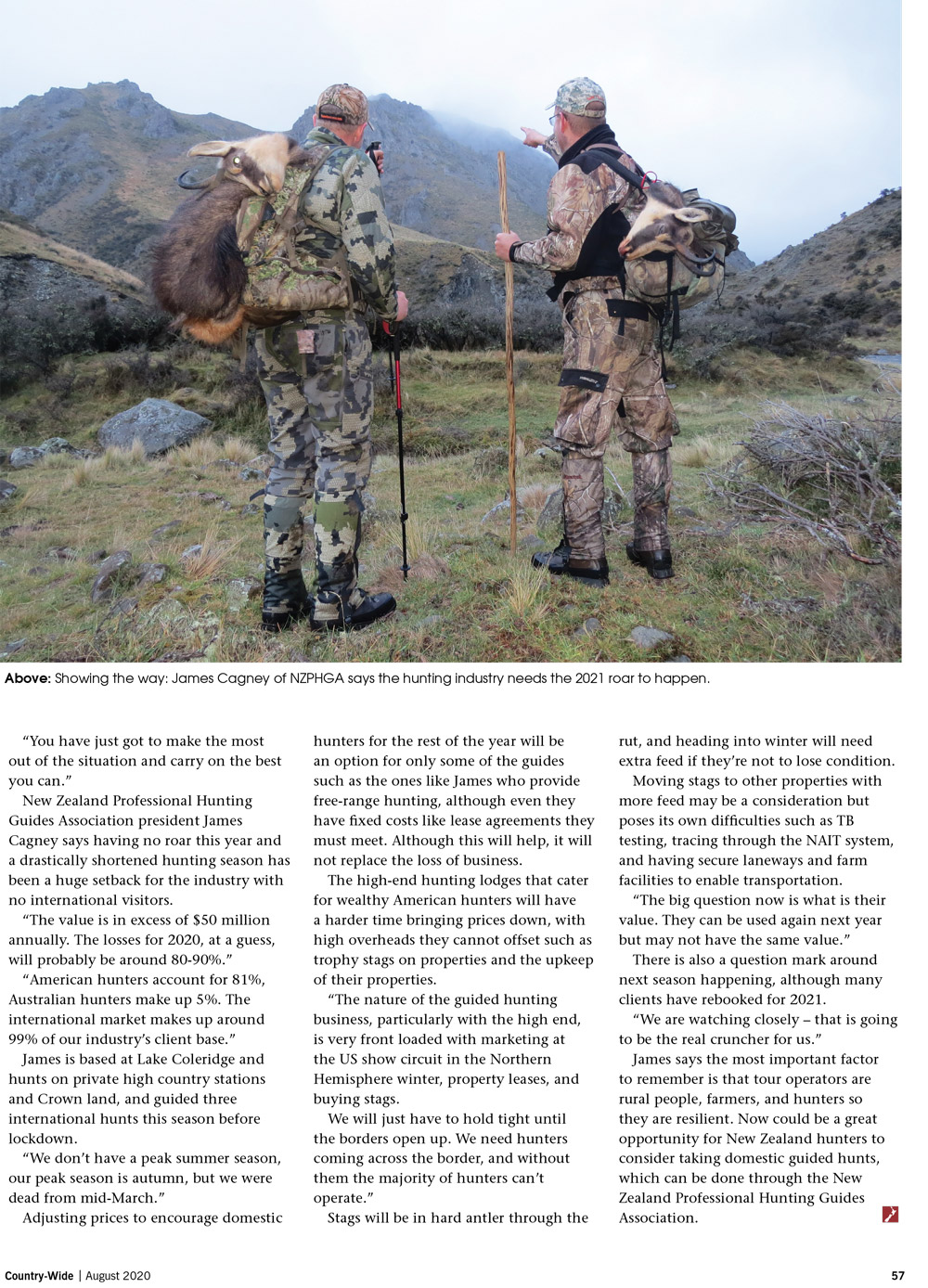
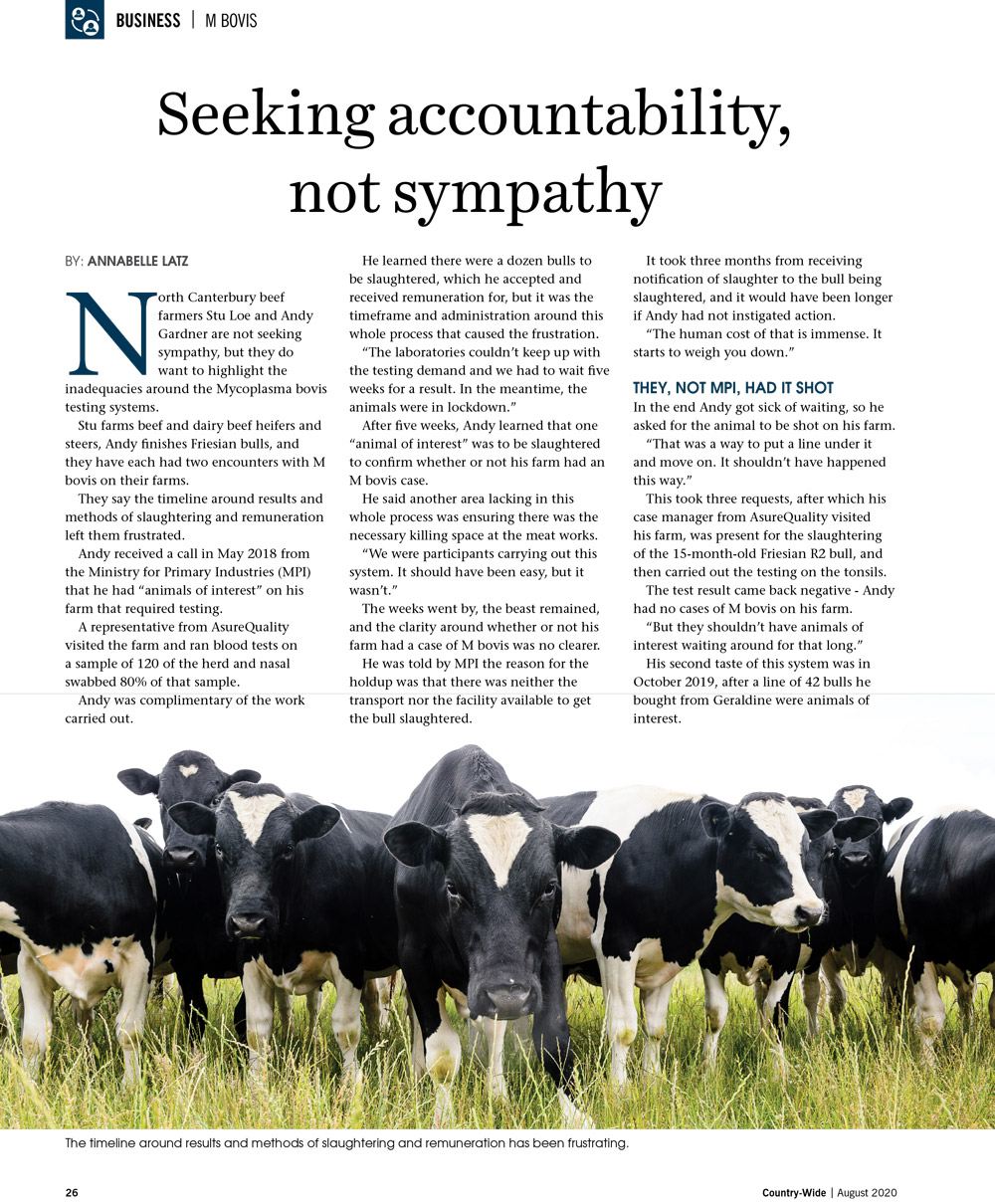
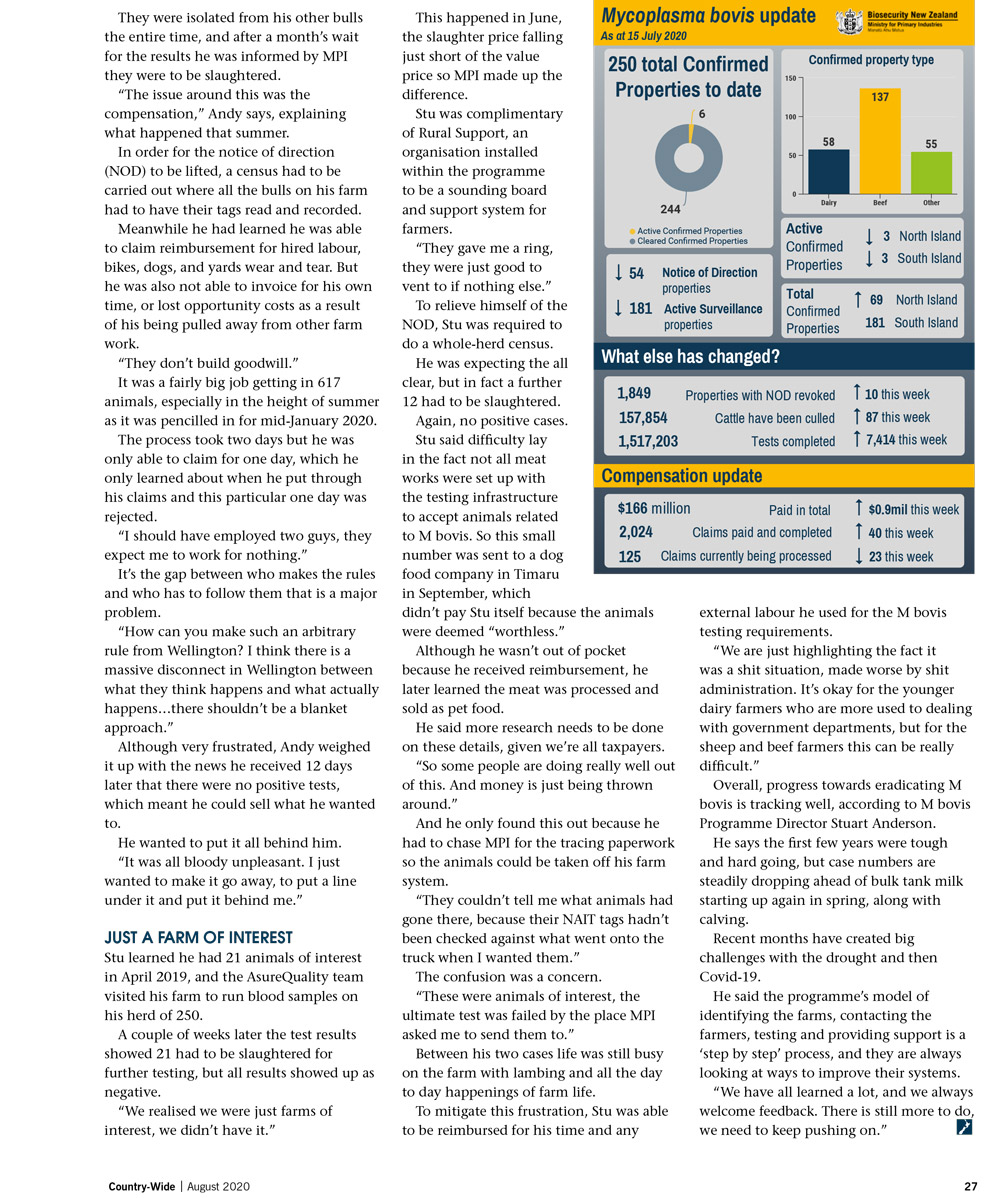
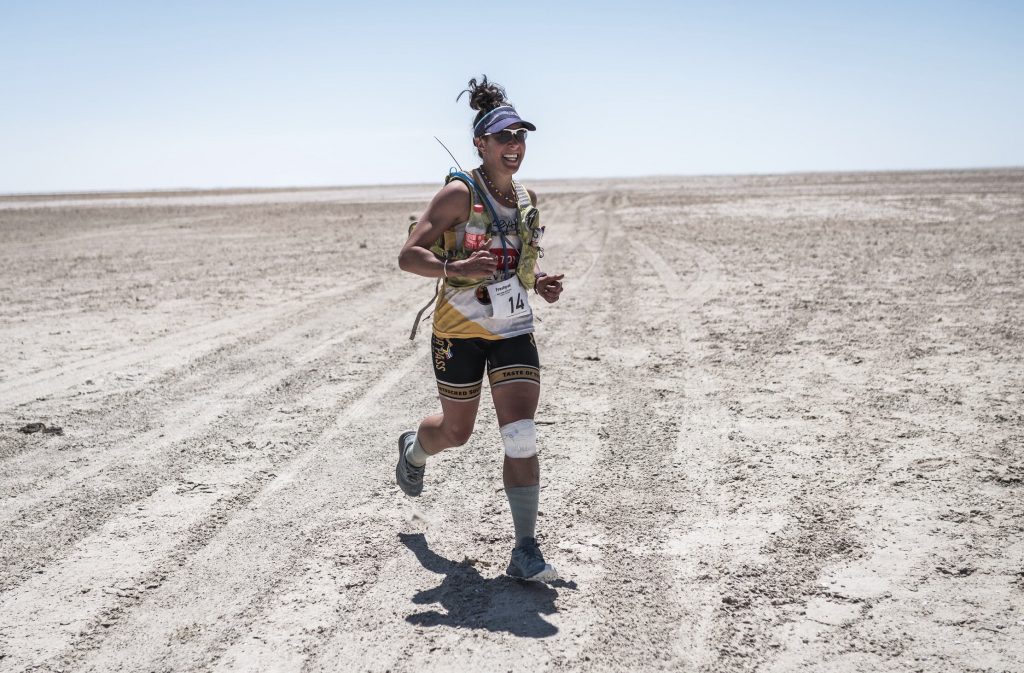
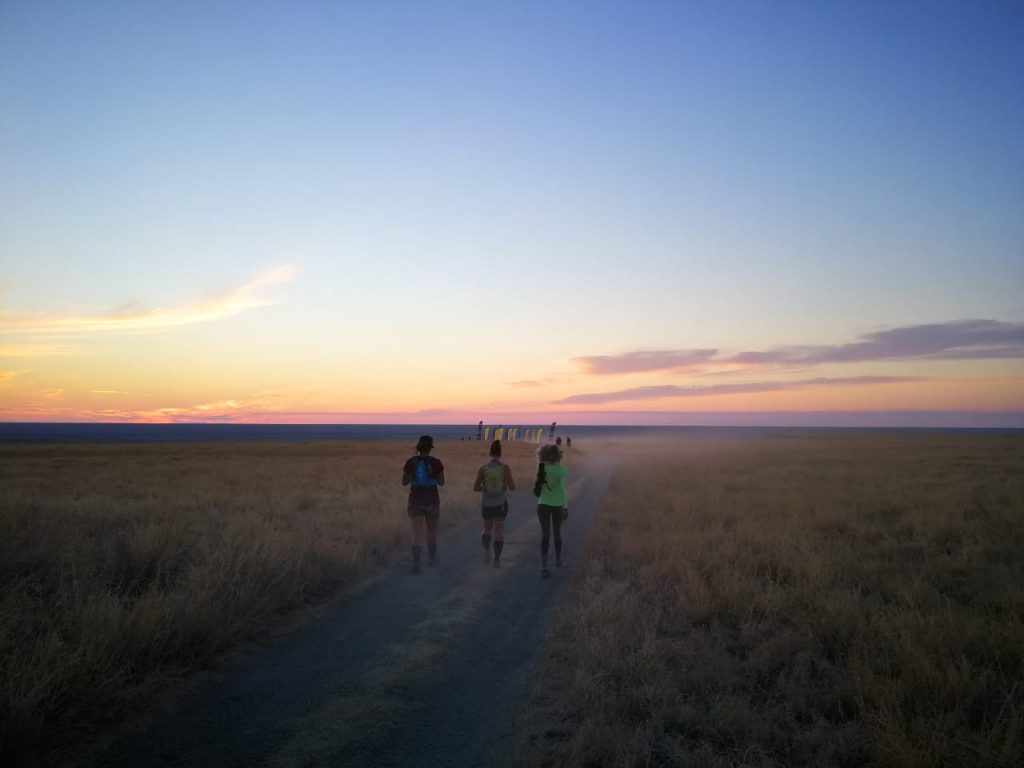
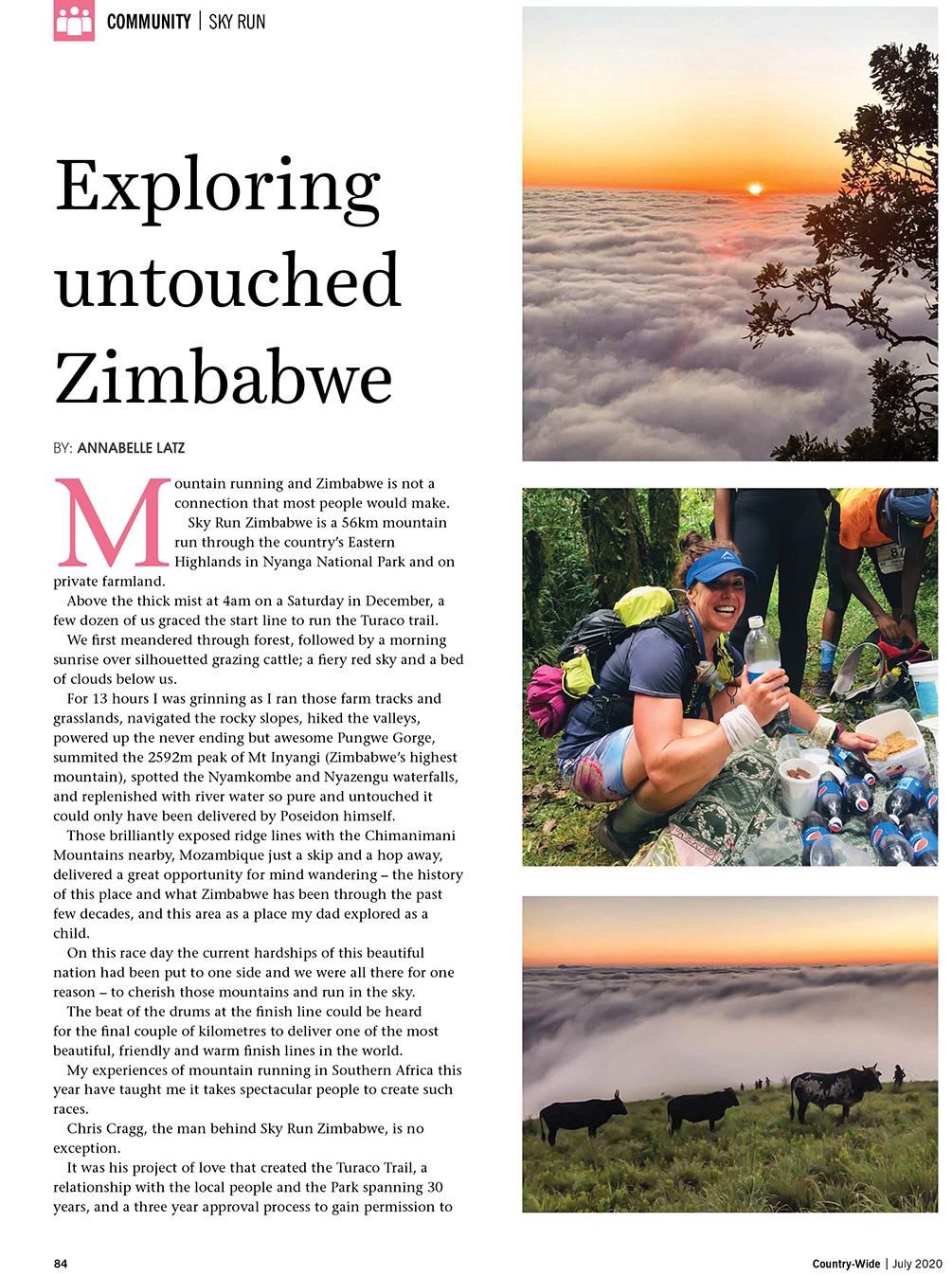
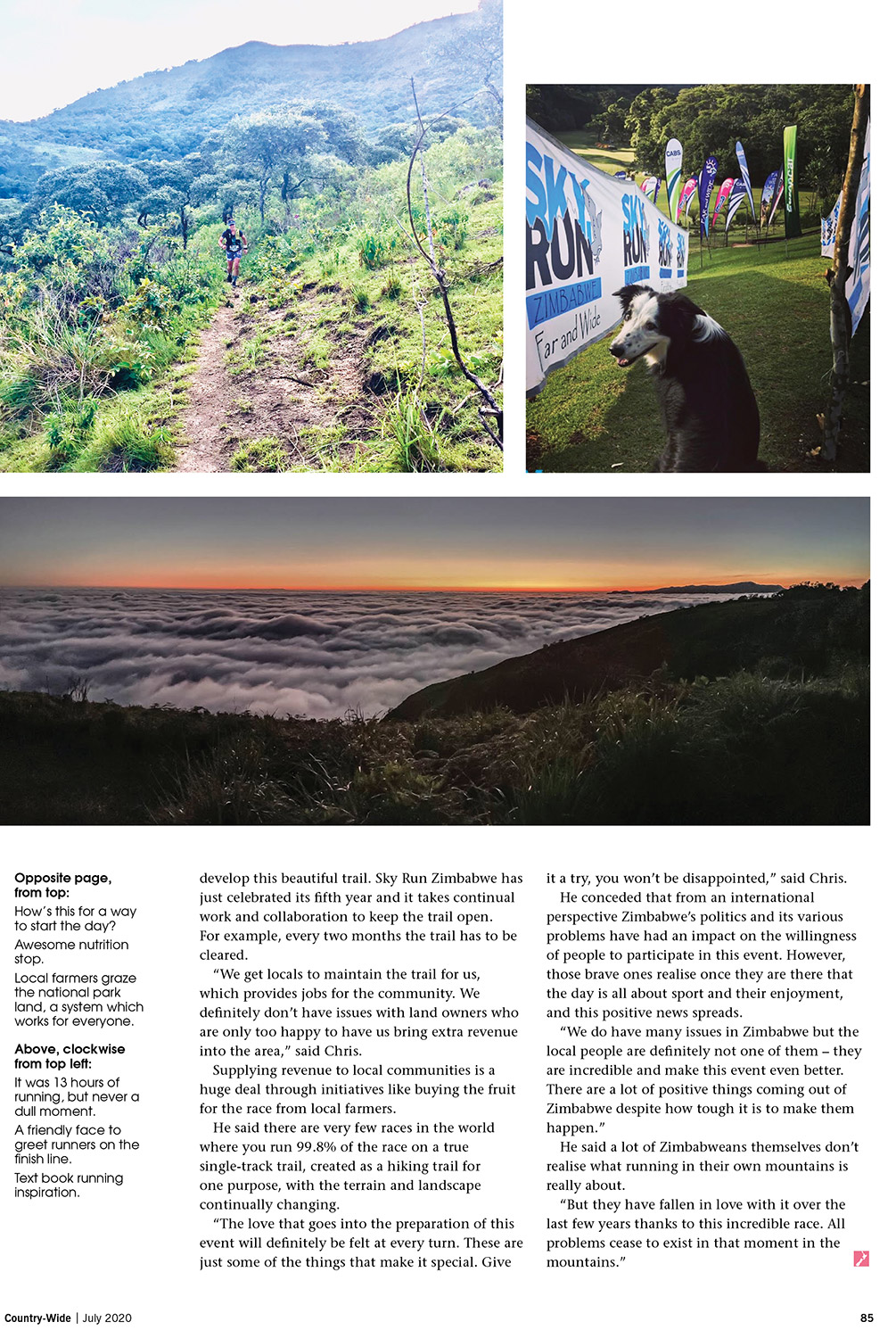
Recent Comments